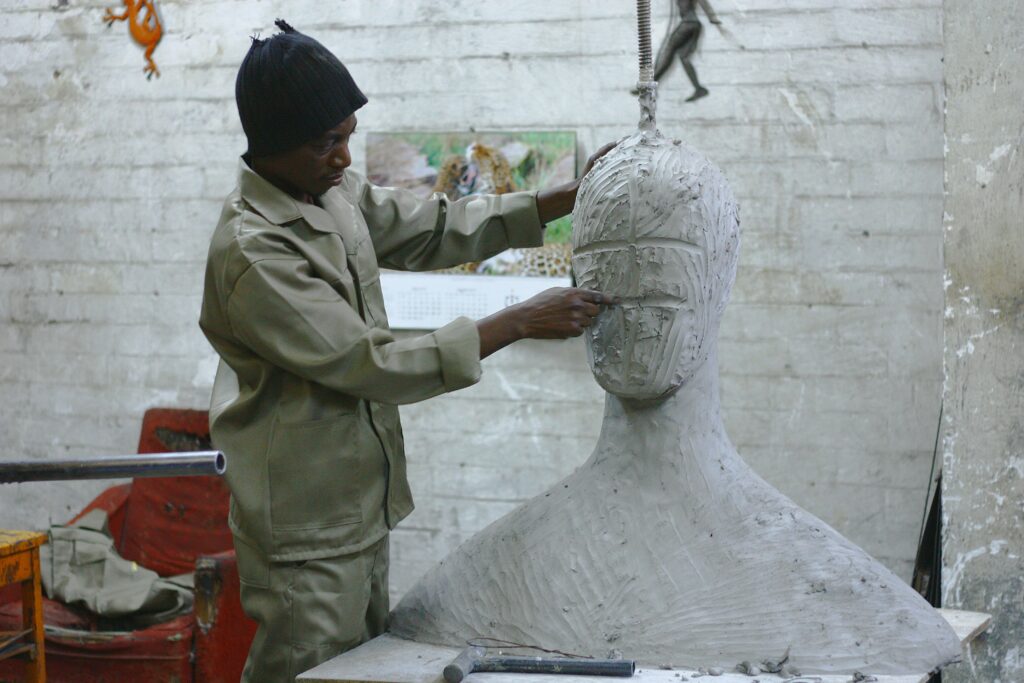
Part 1: What It Means | Part 2: So What?
One last thought.
Christ perfectly images God.
In whom [i.e. the lost] the god of this world hath blinded the minds of them which believe not, lest the light of the glorious gospel of Christ, who is the image of God, should shine unto them (2Co 4.4).
[Christ] is the image of the invisible God, the firstborn over all creation (Co 1.15).
[Christ] being the brightness of his glory, and the express image of his person, and upholding all things by the word of his power, when he had by himself purged our sins, sat down on the right hand of the Majesty on high (He 1.3).
Those who have seen him, he said, have seen the Father (Jn 14.9).
And God is making us like Him. We are being sanctified into that image.
28 And we know that all things work together for good to them that love God, to them who are the called according to his purpose. 29 For whom he did foreknow, he also did predestinate to be conformed to the image of his Son, that he might be the firstborn among many brethren (Ro 8.28-29).
We all, with open face beholding as in a glass the glory of the Lord, are changed into the same image from glory to glory, even as by the Spirit of the Lord (2Co 3.18).
And He will certainly take us all the way there; we will one day be glorified into that image.
As we have borne the image of the earthy, we shall also bear the image of the heavenly (1Co 15.49).
[Christ] shall change our vile body, that it may be fashioned like unto his glorious body, according to the working whereby he is able even to subdue all things unto himself (Php 3.21).
Beloved, now are we the sons of God, and it doth not yet appear what we shall be: but we know that, when he shall appear, we shall be like him; for we shall see him as he is (1J 3.2).
As surely as the sun came up this morning, God will finish His work in us. He will conform us to the perfect image of His Son. In this life you will never image God as you should; you will never image Him as He deserves to be displayed. But your Savior, the God-Man, has always imaged Him perfectly and completely, and because of His work for you and in you, the day will come—will certainly come—when you image Him in a way that you can’t today.
And in that day, with a numberless throng of people who don’t look like you, but with whom all of you radiate the image and glory and mercy and grace of God, you will sing His praise: “Worthy is the Lamb that was slain.”
Take His hand, and follow Him through the trials and the challenges by which He is sanctifying you.
He promises you that you will love where He’s taking you.
Image God today. You’ll be better at it tomorrow. And every tomorrow after that.
Photo by Ilia Zolas on Unsplash

